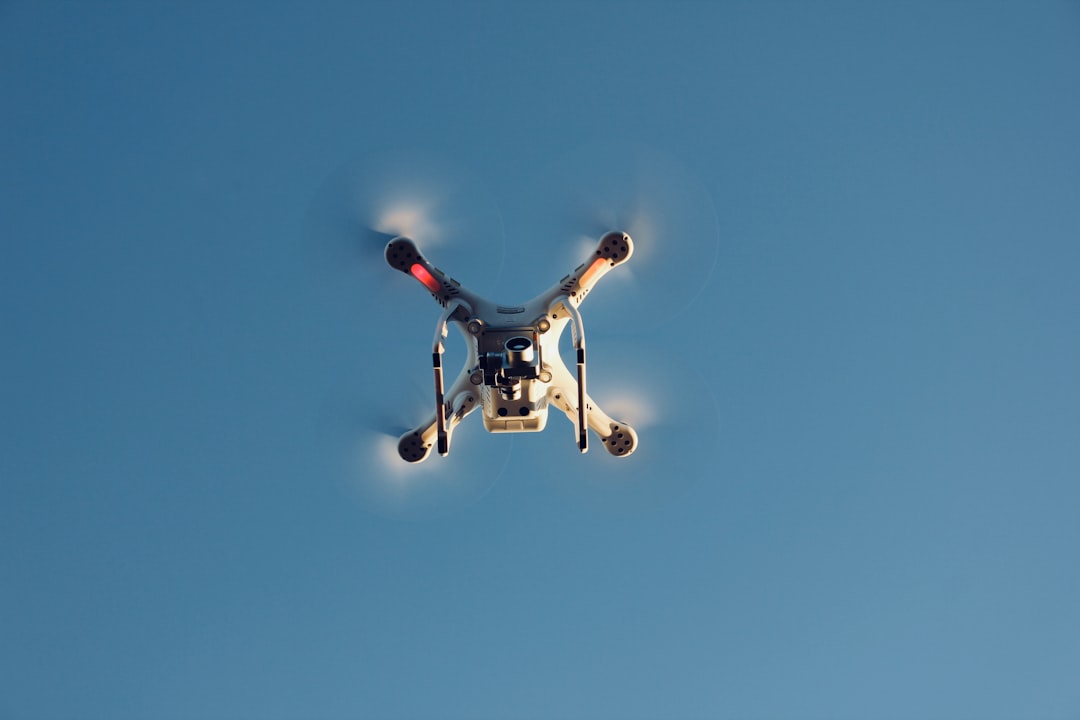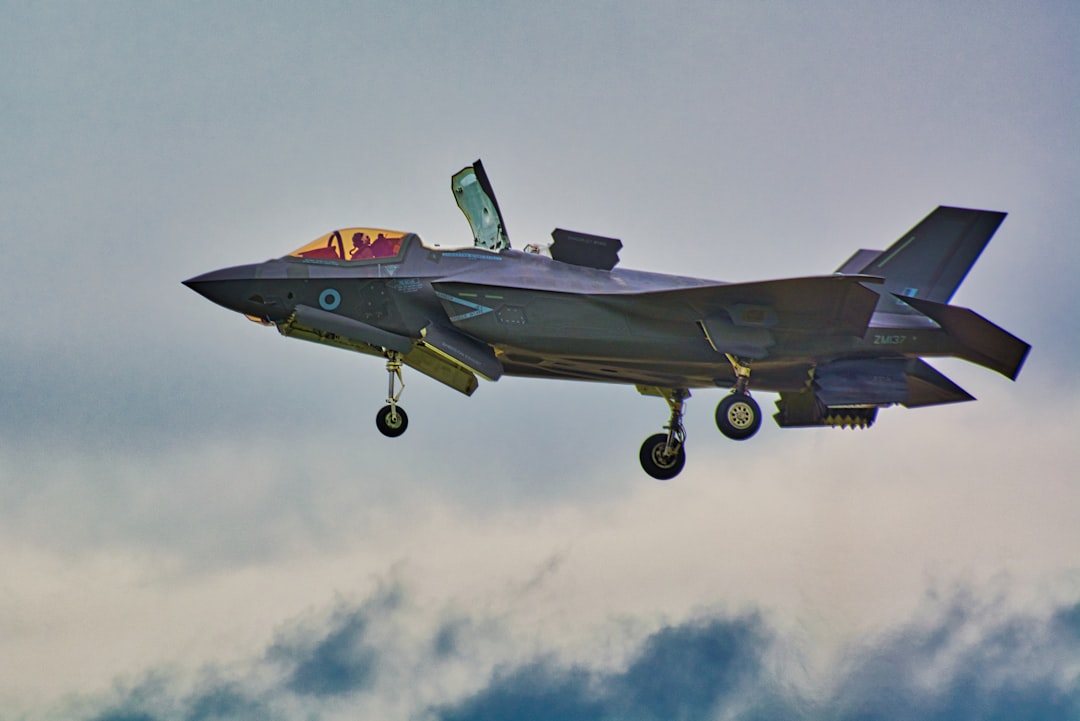What is it about?
Experimental investigation of wing flexibility on vertical thrust generation and power consumption in hovering condition for a hovering Flapping-Wing Micro Air Vehicle, namely FlowerFly, weighing 14.5 g with a 3 g onboard battery and having four wings with double wing clap-and-fling effects, was conducted for several wing configurations with the same shape, area, and weight. A data acquisition system was set up to simultaneously record aerodynamic forces, electrical power consumption, and wing motions at various flapping frequencies. The forces and power consumption were measured with a load cell and a custom-made shunt circuit, respectively, and the wing motion was captured by high-speed cameras. The results show a phase delay of the wing tip displacement observed for wings with high flexible leading edge at high frequency, resulting in less vertical thrust produced when compared with the wings with less leading edge flexibility at the same flapping frequency. Positive wing camber was observed during wing flapping motion by arranging the wing supporting ribs. Comparison of thrust-to-power ratios between the wing configurations was undertaken to figure out a wing configuration for high vertical thrust production but less power consumption.
Featured Image
Read the Original
This page is a summary of: Experimental investigation of wing flexibility on force generation of a hovering flapping wing micro air vehicle with double wing clap-and-fling effects, International Journal of Micro Air Vehicles, March 2017, SAGE Publications,
DOI: 10.1177/1756829317695565.
You can read the full text:
Contributors
The following have contributed to this page










